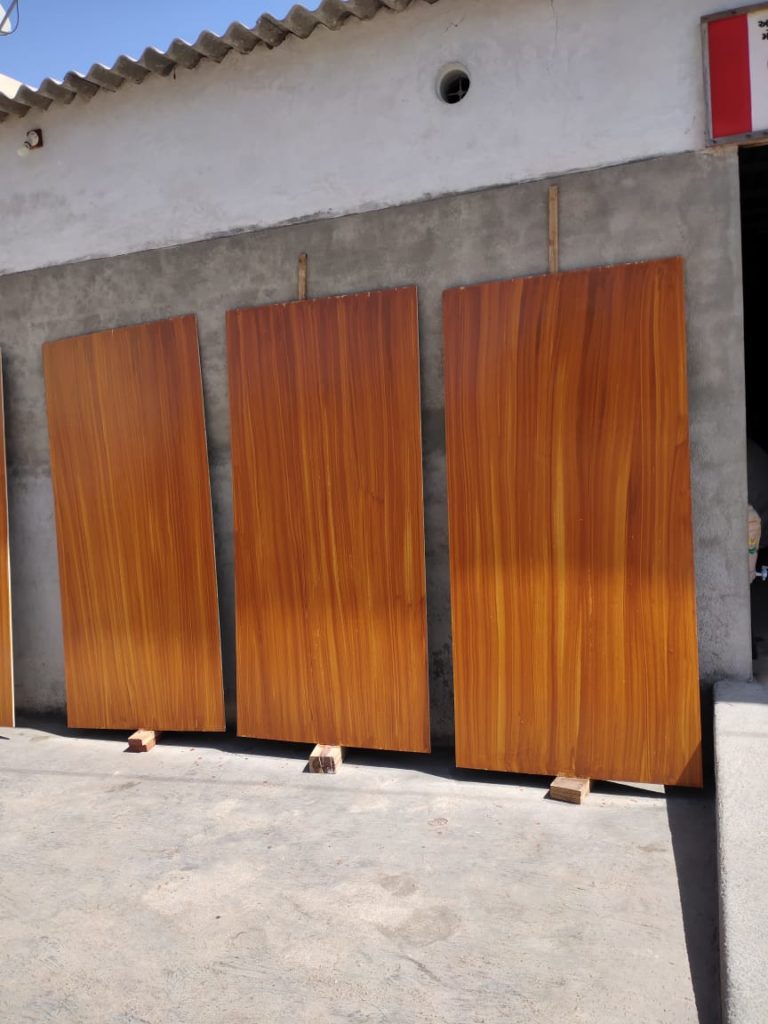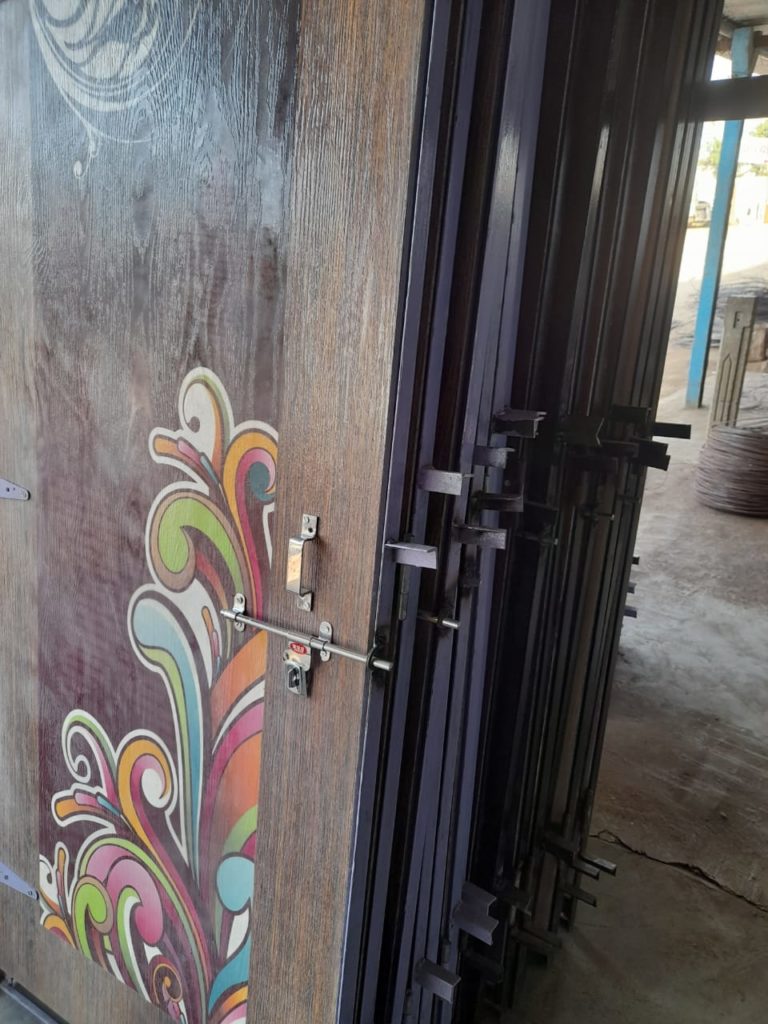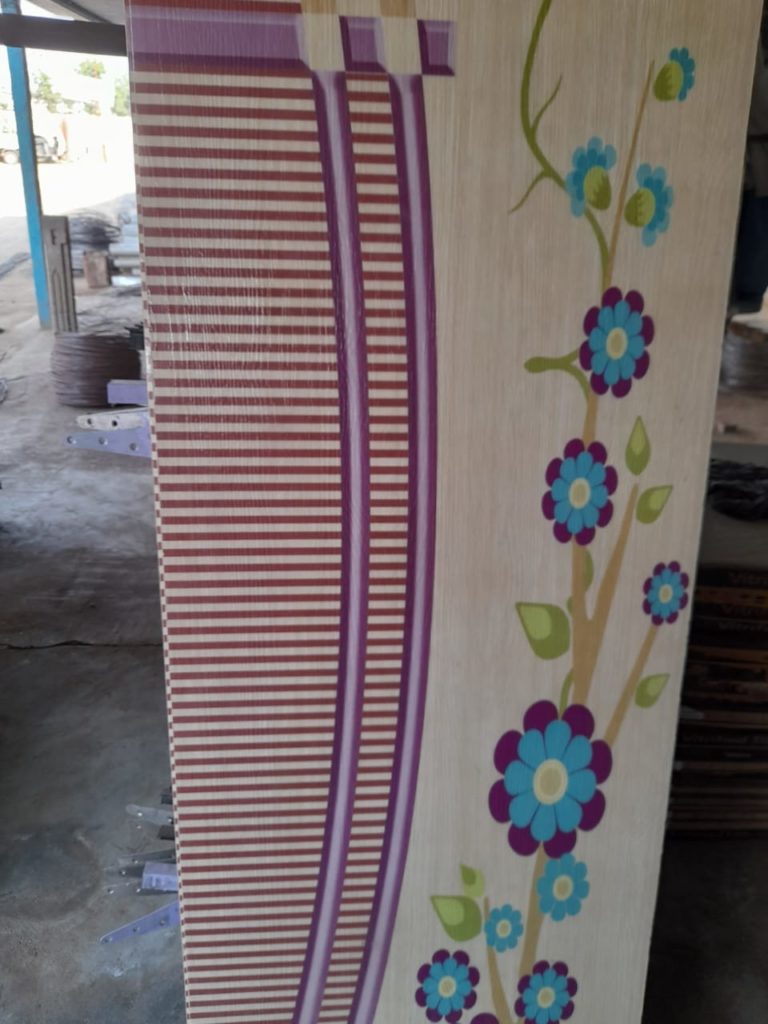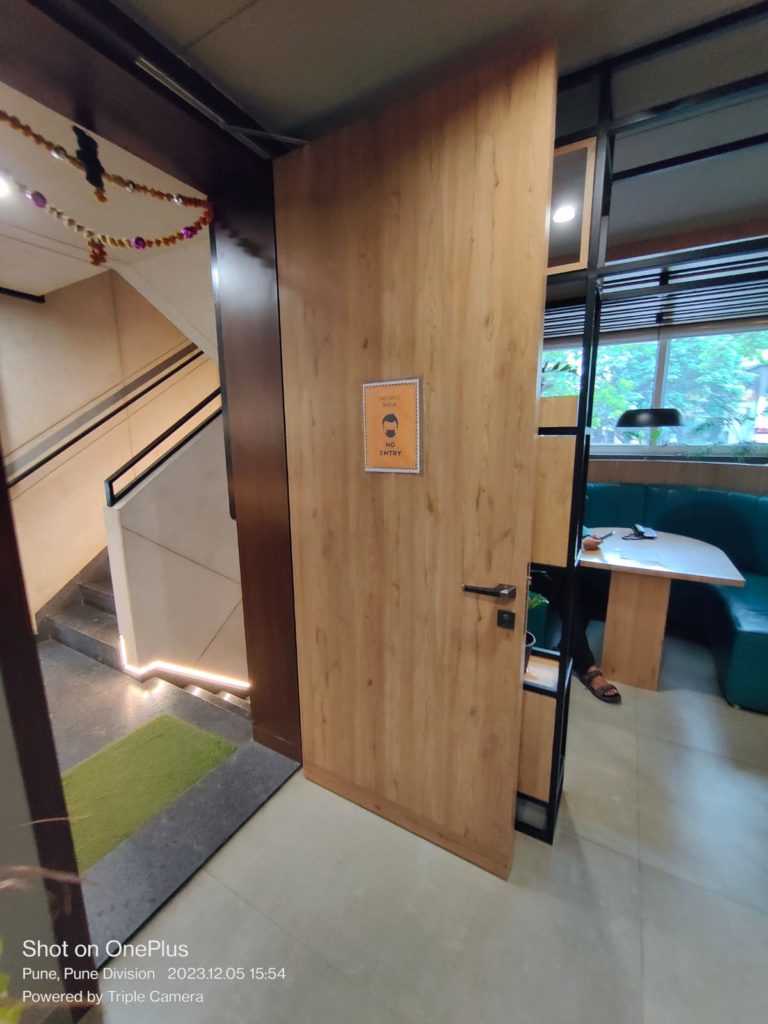What are plywood door?
Plywood doors are constructed using layers or plies of wood veneers stacked and glued together under high pressure. Plywood doors come in various grades, finishes, and designs, offering flexibility in aesthetics and functionality. Wooden doors are good for internal uses like for bedroom, dry balcony etc. can provide both looks and security to your house. However, wooden doors do little to safeguard your home from external threats. Easy to manipulate and less secure against forced entry, wooden doors do not make for the best external doors.
What are Fibre cement Door?
Fiber cement doors are doors made from fiber cement material, which is a composite material composed of cement, sand, cellulose fibers, and other additives. This material is known for its durability, weather resistance, and versatility in various construction applications. These doors are the finest external doors for houses, factories, industries and offices. Study and secure.
Some people might think that fibre cement board door might not be aesthetically pleasing compared to wooden ones. But things have changed, now using the latest technology fibre cement doors are also available in Fabolous design and available in a variety of designs.
They are fire-proof, waterproof, termite proof and most important impact-proof. They are perfect for external or internal environments.
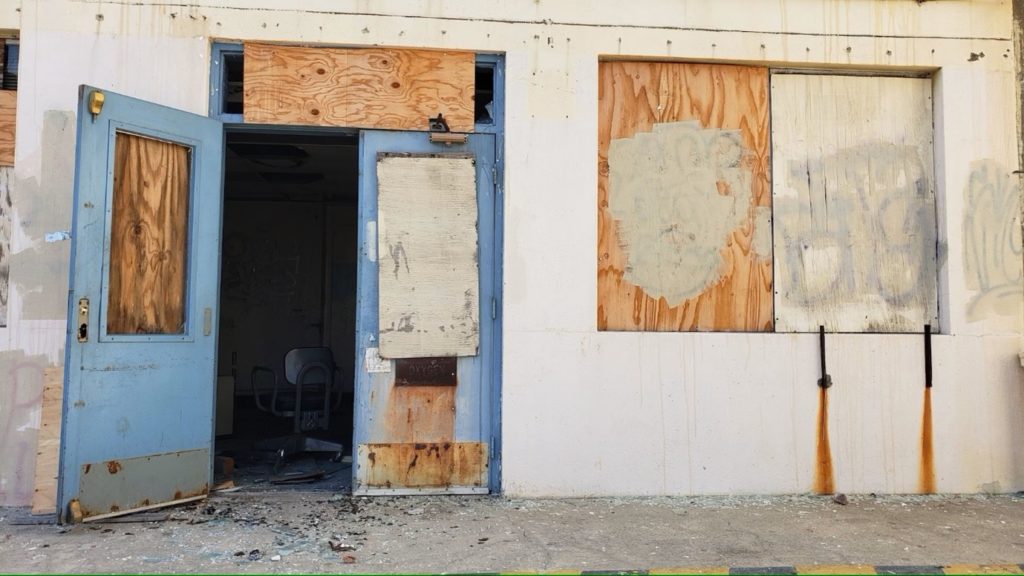
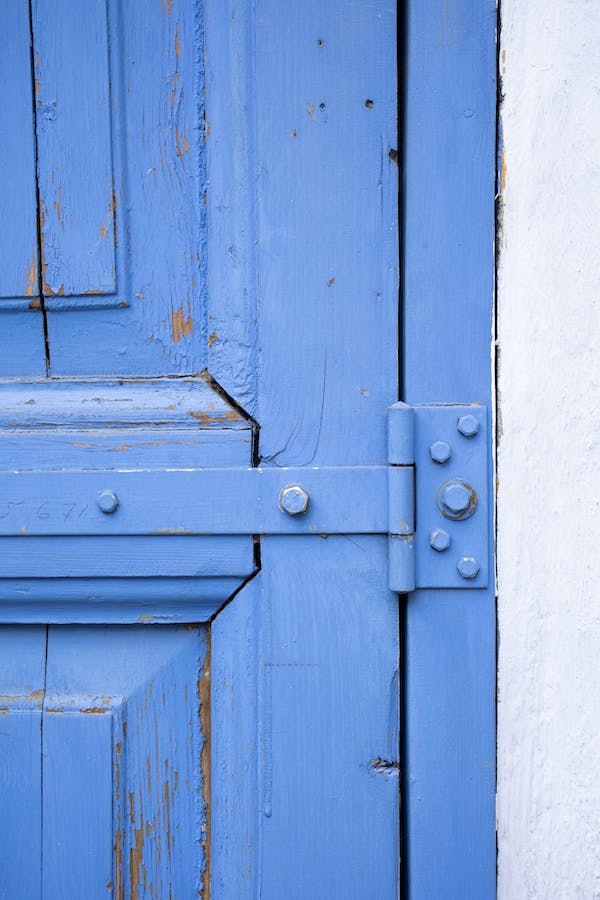
Problems with Plywood doors:
1. Moisture and Weather: Wooden doors can wrap, swell or decay over time if come in direct contact with rain, snow, or direct sunlight. Harsh weather conditions can degrade the wood.
2. Maintenance Requirements: Wooden doors used externally require regular maintenance such as sealing, painting, or staining to protect them from moisture and sun damage. Failure to maintain them properly can reduce their lifespan.
3. Security Concerns: While solid wood doors can be sturdy, they might be perceived as less secure compared to fibre cement doors, steel doors or doors with metal cores, which can deter intruders.
4. Delamination: If lamination is not done properly during manufacturing or if exposed to excessive moisture, plywood layers can separate or delaminate, leading to structural weaknesses in the door.
How Fibre cement doors are cost-effective compared to wooden doors?
Fibre cement doors are comparatively more cost-effective when considering their weatherproof nature and longer utility periods. These boards have a good fire rating, which provides additional security. Fibre cement doors do not rust or warp, reducing the cost of maintenance.
Fibre cement boards are available in 4-24mm thickness for doors we recommend using 24 mm thickness board. Or you can put two boards on the metal frame to increase the thickness of the door and fill the gap with insulation material to improve sound insulation.
Cemply fibre cement board from Sahyadri Industries Limited is the strongest cement board manufactured using cement, Pozzolanic Material, Crysolite Fibre, and Additives. Cemply board offer the following advantages:-p
· It is alkali resistant and does not corrode; hence it can be used to manufacture thin sections.
· It is not brittle and has high tensile strength. it is resilient and has a great affinity to cement.
